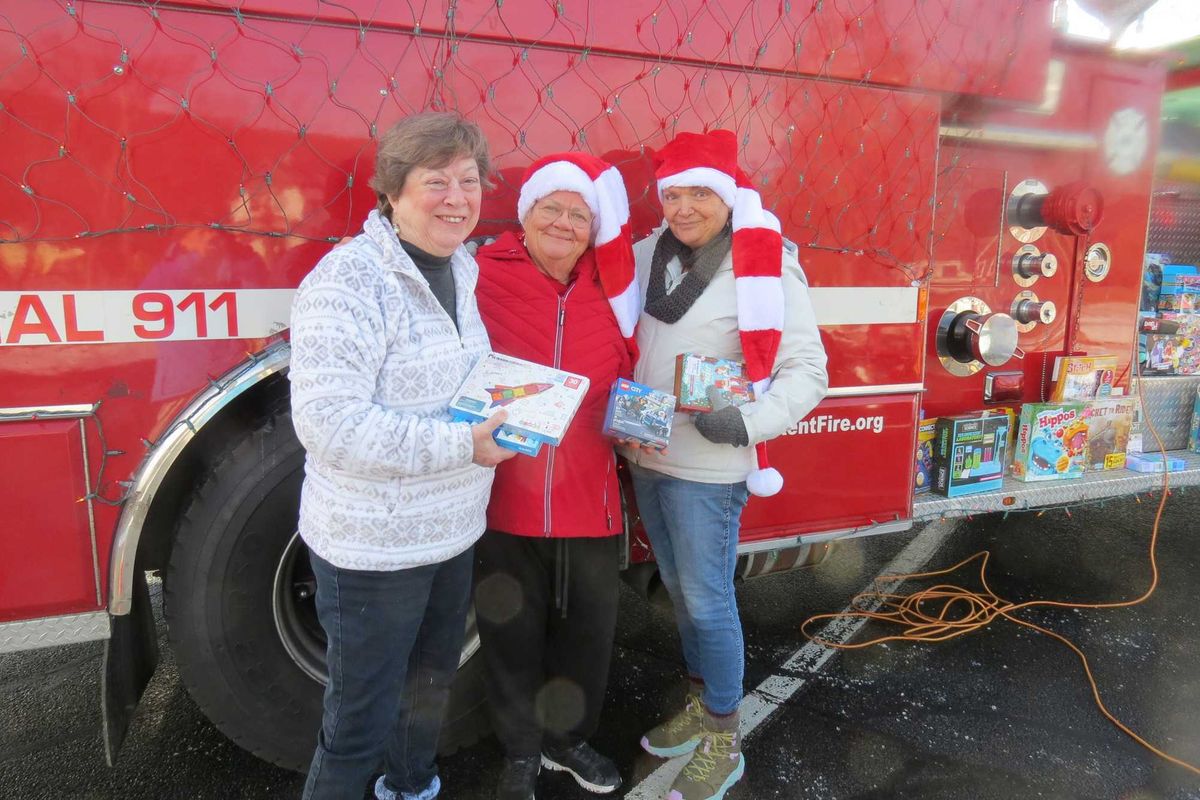Americans are used to purchasing products, either on credit or cash, and having them delivered within a week, at the latest. Repairing those products such as a household appliances may take a little longer, but not by much. The pandemic has changed all that.
Now, I am not talking about toilet paper. That was last year’s problem. No, it’s about some large appliances and the accessories and parts that are crucial to their inner workings. Take my nine-year-old refrigerator for example. The water dispenser on the outside door doesn’t work. It’s a problem that has been going on for a year now, and the part needed to fix it is “on back order.”
Then there are my broken gas fireplace fans. The fans gave up the ghost just in time for the winter season. Ordering the parts was easy, but here it is the beginning of March and maybe, just maybe, the fans will be delivered and installed just in time for summer.
And then there is the mystifying disappearance of one of my cooking staples of convenience, minced garlic. For years, it was a ubiquitous purchase that I rarely thought about, until suddenly it was no longer in its usual place above the potatoes and loose onions counter. The guy in the vegetable department said they were out of stock and were uncertain when or if they would be getting any more of it. I finally found a few small jars hidden away in a corner of another supermarket.
Those are just a few personal examples. I came to realize that the coronavirus has upended the world’s supply chains in ways that we rarely think about. The pandemic forced certain changes in our habits. Many of us stayed at home. Few outlets existed to spend money, so we stayed at home and spent money on our home goods. Instead of restaurants, we had to learn to cook. That meant stocking up on food and the freezers and refrigerators in which to hold it. We didn’t need dry cleaners because we are all wearing sweats and working from home. But we do need washers and dryers.
At the same time that demand for these appliances exploded, the factories in countries that produced them were forced to scale back or shut down production entirely as the coronavirus decimated their workforce. This has created shortages. Exactly what appliances and other products depends on the supply chain of the individual good. It becomes a question of who makes the individual parts that together comprise so many appliances.
The facts are that certain important parts, items such as magnetron tubes for microwaves, compressors for refrigerators and freezers, for example, are made by a mere handful of overseas manufacturers. Most of these companies are in Asia.
Some of the product categories that have been really hurt by supply chain disruption might surprise you. The FDA is monitoring certain medicines and prescription drugs, especially some generic brands, since certain ingredients are manufactured in China and India. A number of consumer electronic products, solar panels, auto parts, air conditioners, toys and games, vaping devices, and even tee shirts and socks are included.
As for my beloved minced garlic, 70% of the garlic consumed in the U.S. is imported from China. Prices have risen by more than 30% since the pandemic began, so I’m guessing that minced garlic is getting too valuable to simply mince and stuff into a jar. To tell the truth, I’m finding that while convenient, the canned flavor lacks the pungency of mincing garlic myself. I guess that might qualify as a silver lining in the present supply chain chaos.
Bill Schmick is registered as an investment advisor representative of Onota Partners, Inc., in the Berkshires. His opinions are purely his own and do not necessarily represent the views of Onota Partners, Inc. (OPI). None of his commentary is or should be considered investment advice. Email him at bill@schmicksretiredinvestor.com.




 Nick Crodelle dribbles the ball up the court during the game.
Nick Crodelle dribbles the ball up the court during the game. Anthony Labbadia
Anthony Labbadia Owen Riemer block By Riley Klein
Owen Riemer block By Riley Klein 





Navigating supply chain chaos